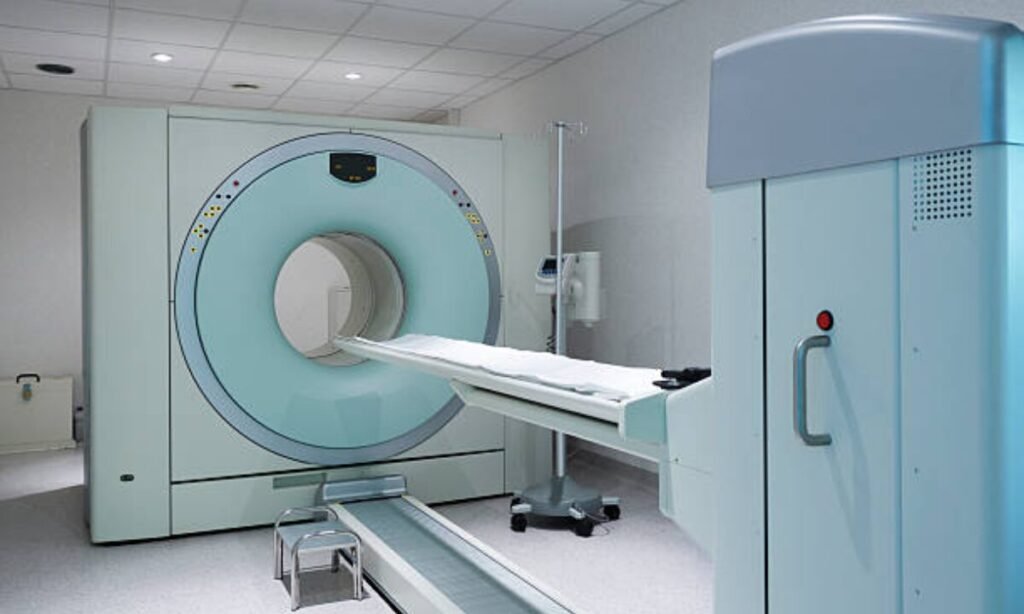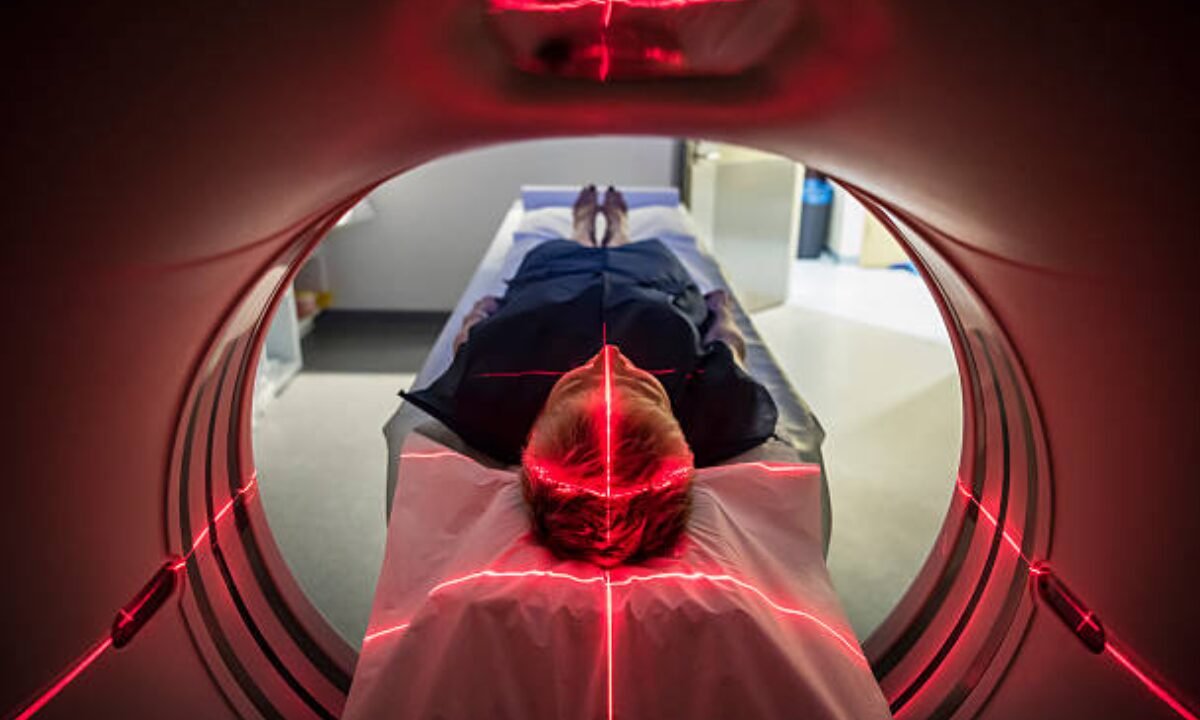PET CT scans have transformed medical diagnostics, providing healthcare staff with a strong tool for accurately detecting and monitoring a wide range of disorders. This cutting-edge technology, which combines Positron Emission Tomography (PET) and Computed Tomography (CT), allows for a precise image of tissue and organ structure. This fusion allows doctors to discover diseases like cancer at an early stage, when treatment is most successful, making it an invaluable tool in modern medicine.
PET CT scans have become crucial for diagnosing and tracking the evolution of illnesses ranging from cancer to neurological disorders in cities like Bangalore, where advanced healthcare services are becoming more accessible. This hybrid imaging technology not only aids in the detection of anomalies but also provides a more comprehensive picture of a patient’s health, allowing for more precise treatment recommendations. PET CT scan in Bangalore, whether for early detection or continuing monitoring, guarantee that patients receive prompt and precise therapy based on their unique needs.
What Is a PET CT Scan?

A PET CT scan is a sophisticated medical imaging method that integrates two powerful technologies, positron emission tomography (PET) and computed tomography (CT), into a single treatment. The PET scan entails injecting a tracer, or a small amount of radioactive material, into the body. This tracer identifies areas of heightened metabolic activity, which is especially useful for spotting cancer cells, which normally spend more energy than healthy cells. Meanwhile, a CT scan in Bangalore offers comprehensive X-ray images of the body’s internal components, such as organs and tissues, allowing doctors to see both healthy and diseased areas.
PET scans have emerged as a significant tool for detecting and treating diseases such as cancer, heart disease, and neurological disorders in Bangalore, where advanced healthcare is readily available. A PET scan in Bangalore gives clinicians a more complete picture of a patient’s health by integrating functional and structural imaging, allowing them to devise precise, tailored treatment plans. This dual-scan method allows for earlier discovery, more accurate monitoring, and improved treatment outcomes for patients.
Uses of PET CT Scans in Medical Diagnosis
PET CT scans are useful in identifying and monitoring a variety of medical diseases, particularly those involving aberrant cell activity. Here’s how this advanced imaging technology is applied:
Cancer Diagnosis and Monitoring: PET CT scans are useful for finding malignant tumors, determining their stage, and evaluating the efficacy of treatments like chemotherapy. This information is crucial for formulating treatment plans and monitoring disease development.
Heart Disease: These scans evaluate blood flow and identify damaged or malfunctioning cardiac components, providing important information about heart health. This aids in the accurate diagnosis and treatment of conditions such as coronary artery disease.
Brain Disorders: PET CT scans produce precise images of brain activity and structure in neurological conditions like Alzheimer’s disease, epilepsy, and brain cancer. This broadens our understanding of diseases and allows us to build more effective treatments.
PET CT scans are commonly used in Bangalore cancer screening services to give comprehensive evaluations and precise diagnoses, allowing for the most effective management and treatment options.
Types of PET CT Scans Offered
PET CT scans are classified into several categories, each with a focus on a unique diagnostic necessity. Here are a few common types:
Standard PET CT Scan: This is commonly used for general cancer diagnosis. It requires injecting a radioactive tracer to identify areas with elevated metabolic activity, which may indicate the presence of cancer cells.
Contrast PET CT Scan: This variant incorporates a contrast dye into the radioactive tracer. The dye increases the visibility of blood vessels and tissues, resulting in a more detailed and vivid depiction of the body’s interior structure.
3D PET CT Scan: A sophisticated imaging technique that produces three-dimensional images of the body. This scan provides a more thorough image of the area under examination, allowing for a very precise diagnosis.
PSMA PET CT Scan: This scan detects prostate cancer using a PSMA (Prostate-Specific Membrane Antigen) tracer. The PSMA PET CT scans tracer attaches to prostate cancer cells, enabling more accurate tumor location and evaluation.
Advantages of PET CT Scans Over Other Imaging Techniques
PET CT scans have several significant advantages over standard imaging modalities like MRIs and stand-alone CT scanners.
Early Detection: One of the key advantages of PET CT scans is their ability to diagnose diseases at an early stage, sometimes before symptoms develop. Early detection allows for more rapid responses, which improves treatment outcomes.
Functional and structural information: Unlike MRI and CT scans, which primarily examine the structural features of tissues and organs, PET CT scans provide both functional and structural information. They show how tissues work and detect metabolic abnormalities, giving a more complete picture of the body’s health.
Precise Staging: PET CT scans are very useful in oncology when determining the existence of cancer metastases. By properly staging the condition, doctors can select the most effective therapy options and monitor disease progression.
Treatment Monitoring: These scans are useful for determining the efficacy of current treatments, especially for cancer patients. They help to determine how well therapies are working, allowing adjustments to be made as necessary.
Overall, PET CT scans provide a detailed and dynamic picture of a patient’s health, making them an indispensable tool for current diagnosis and treatment planning.
PET CT scans cost and availability.
The cost of a PET CT scan varies according to several factors, including the type of scan, the location, and whether insurance coverage is available. Consult your healthcare practitioner or insurance company for more accurate information about your sickness.
PET CT scans are readily available in big cities, particularly at specialized radiology institutes and hospitals. In Bangalore, for example, numerous advanced healthcare facilities provide PET CT scanning services. Renowned scanning centers like “KOSHIKAA” offer complete PET CT scan services, giving patients access to cutting-edge diagnostic technologies. This widespread availability in metropolitan settings ensures that people may get prompt and reliable diagnostic imaging, which is critical for optimal treatment planning and disease management.
Preparing for a PET CT Scan
A PET CT scan requires proper preparation to yield precise findings. Here’s what you should know.
Pre-Scan Instructions: You may need to fast for 4-6 hours before your PET CT scan, however water is usually tolerated. If you have diabetes, you should talk to your doctor about how to manage insulin and other drugs to avoid problems.
Clothing and Accessories: Wear comfortable, loose-fitting clothing on the day of the scan. Make sure to remove any metal objects, such as jewelry, as they can interfere with the imaging process and reduce scan accuracy.
Medications: Tell your healthcare practitioner about any medications you are currently taking. Some drugs may need to be stopped or modified before the scan to obtain the best possible results.
What to Expect During the Procedure
A PET CT scan is a non-invasive treatment that takes from 30 minutes to an hour. Here’s a step-by-step explanation of what to expect:
Tracer Injection: The procedure begins with a small amount of radioactive tracer being injected into a vein, usually in your arm. After the injection, you will need to wait 30-60 minutes for the tracer to be absorbed into your body.
Imaging: During the scan, you will lie on a table that slowly moves into the PET CT equipment. It is critical to keep as still as possible while the scanner captures precise photos of your body. The treatment is relatively painless and rapid.
Post-Scan: Once the imaging is complete, you can resume your routine activities. Drinking plenty of water can help flush the tracer out of your system.
Risks and Side Effects of PET CT Scans
While PET CT scans are generally safe and effective, you should be aware of the following possible risks and side effects.
Radiation Exposure: PET CT scans emit relatively low quantities of radiation. Although the dose is small and typically safe for most individuals, pregnant women and young children should avoid it unless necessary. Always inform your healthcare provider if you are or may be pregnant.
Allergic Reactions: In rare situations, people may develop an allergic reaction to the contrast dye used in some PET CT scans. If you have a known allergy to contrast agents, consult your doctor first.
Side Effects: Most people have no negative side effects after a PET CT scan. However, if you become ill or notice any strange symptoms following surgery, you should contact your doctor for more information.
Conclusion and Future Developments in PET CT Scan
To summarize, PET CT scans have become an essential component of modern healthcare, allowing for the early identification and accurate diagnosis of a wide range of illnesses, including cancer, heart disease, and neurological issues. Their ability to combine functional and structural imaging enables a more comprehensive understanding of health conditions, which is extremely useful in treatment planning and illness management. PET CT scans in Bangalore have played an important role in providing these modern diagnostic capabilities to patients, ensuring that they receive the best possible care.
Moving forward, advances in PET CT technology will bring even more benefits. Future improvements will include the development of more specific tracers as well as efforts to limit radiation exposure, all of which will improve the safety and accuracy of PET CT scans. These advancements are projected to make PET CT scans more effective and accessible, reinforcing its role as an important tool in medical diagnostics and enhancing patient outcomes overall.
Koshikaa Screening Centre offers a wide range of comprehensive cancer screening services, ensuring accurate results and personalized health care. Contact us today at +91 7996666104

